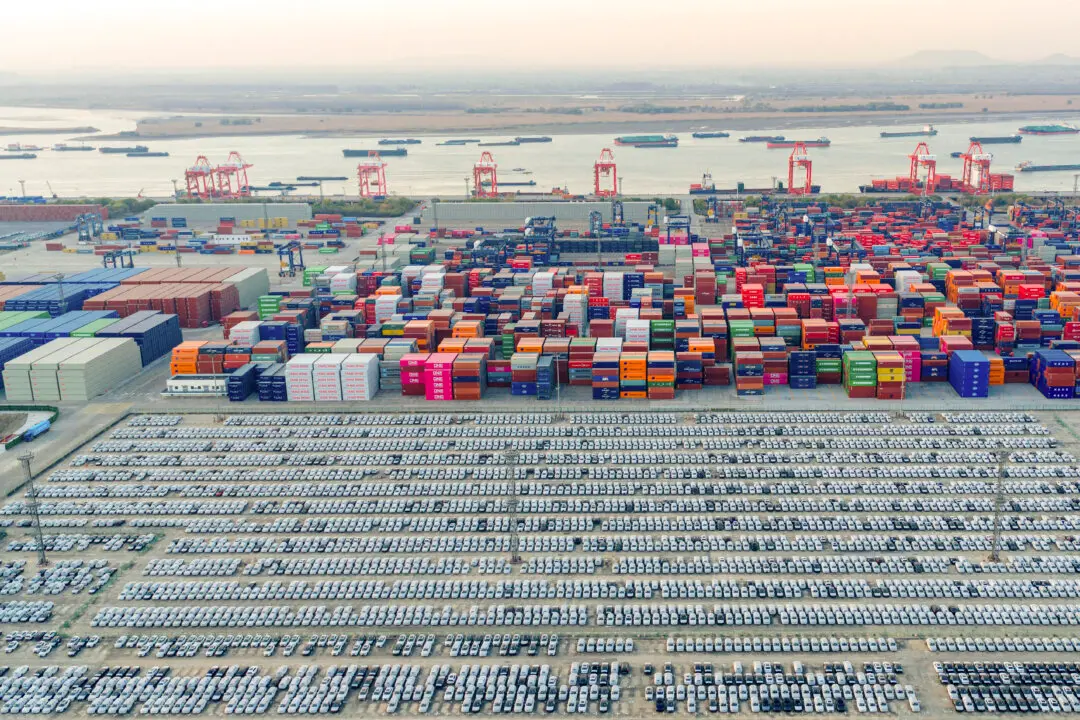Commentary
The People’s Bank of China (PBOC) is in a bind. On the one hand, the country’s leadership wants to make the yuan a global currency by 2050, replacing the dollar as the world’s preferred reserve currency and primary medium for world trade. On the other hand, China remains very much an export-oriented economy that needs low production costs to sustain its prosperity. The first of these goals would tend to bid up the yuan’s value, but the second need demands a cheap yuan to help hold down the cost of everything Chinese to the rest of the world. The inherent contradiction imposes on the PBOC quite a balancing act between keeping the yuan cheap for immediate economic needs and boosting its value to serve Beijing’s longer-term ambitions for it.





